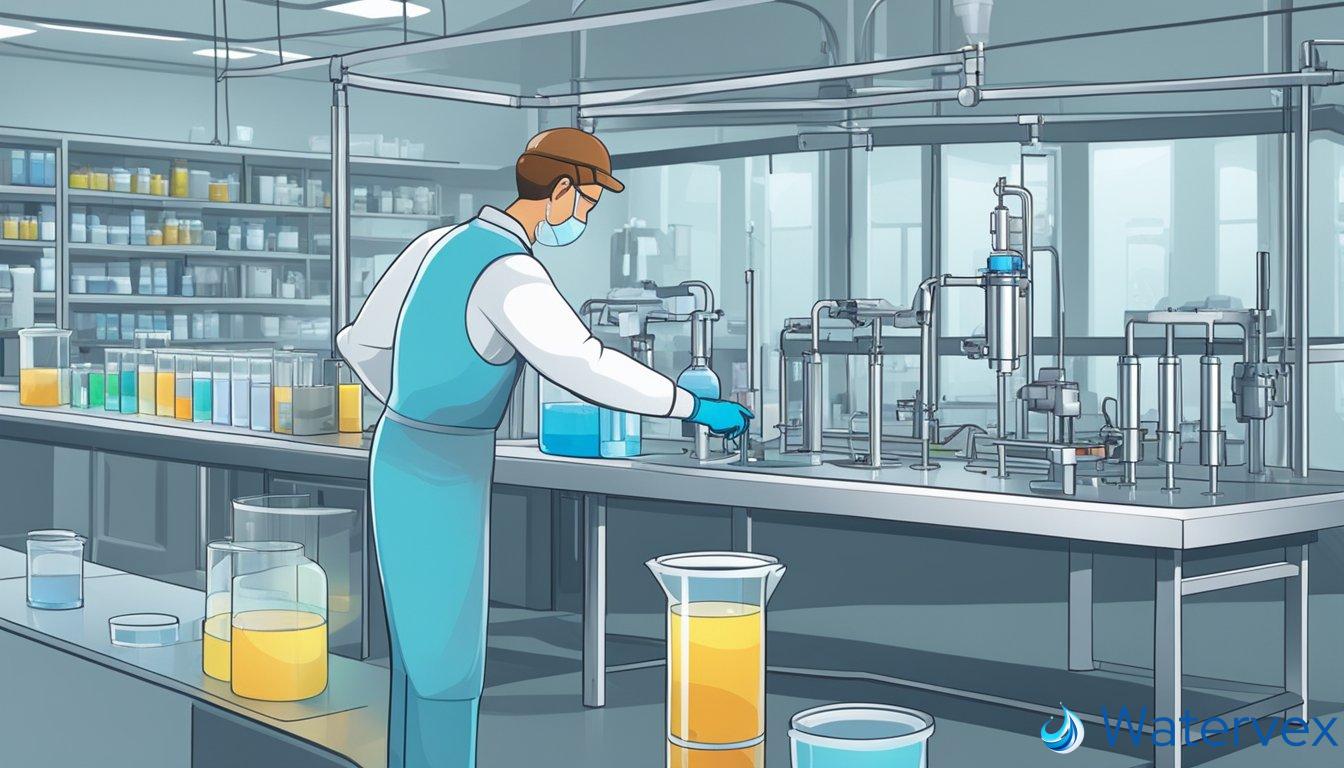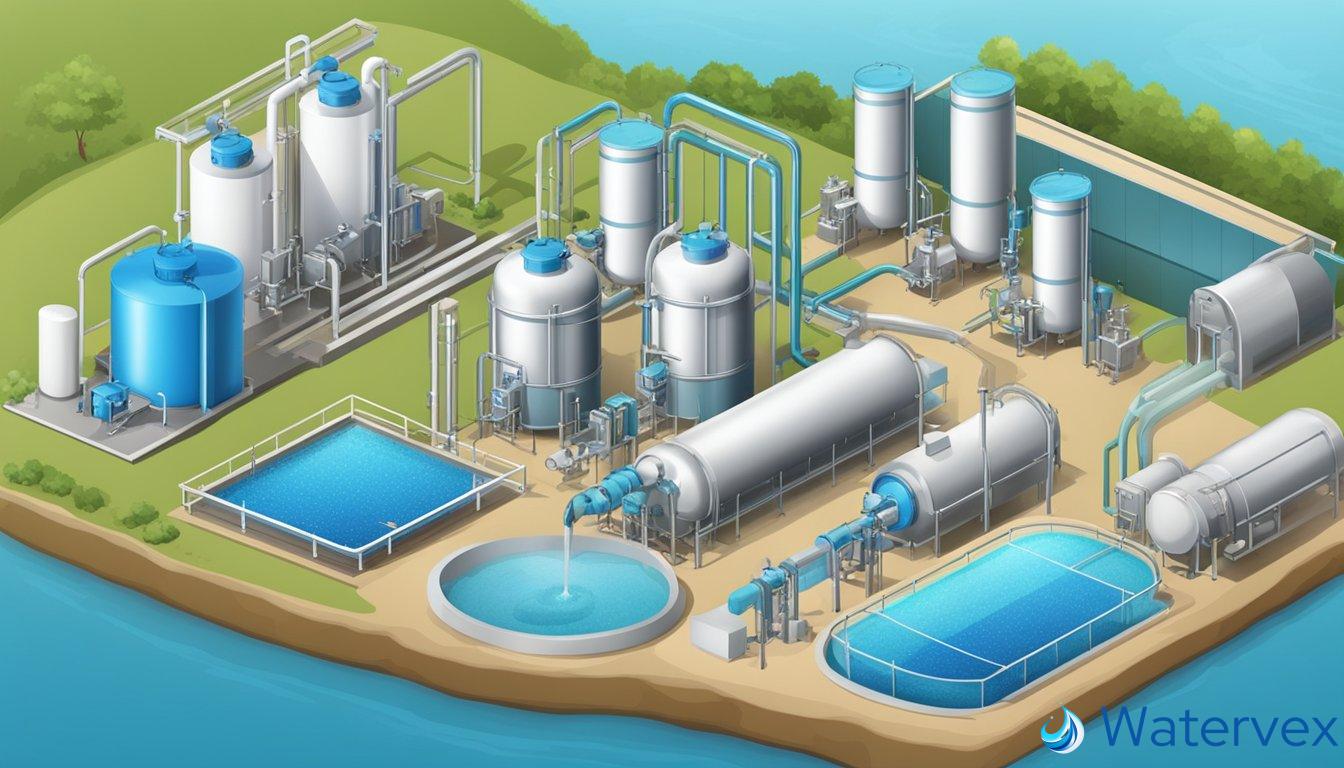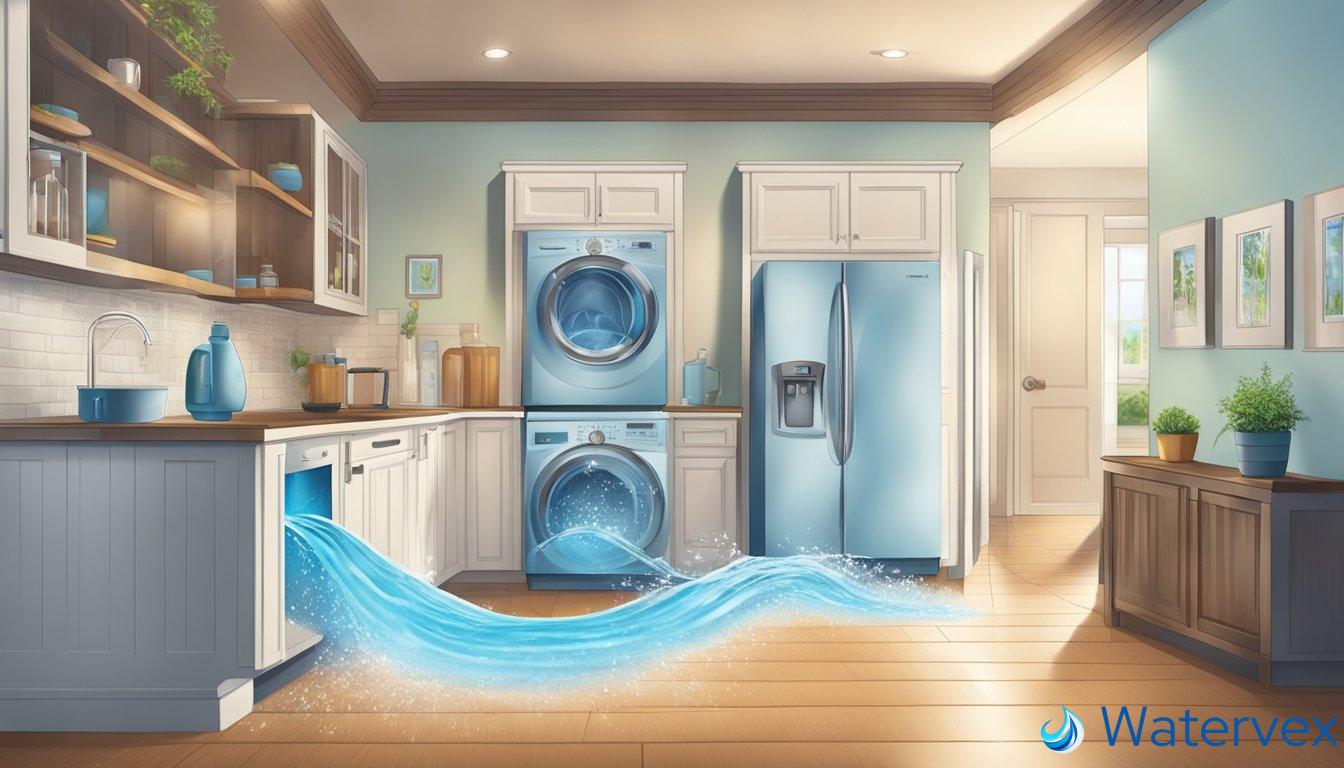When it comes to safeguarding your family’s health and ensuring the longevity of your home appliances, understanding water treatment is crucial. Selecting the best water treatment system for your home necessitates knowing which contaminants need to be removed and what the end goal of treatment is. Whether you’re concerned about the taste, hardness, or safety of your water, asking the right questions can lead to not only improved water quality but also peace of mind.

Water treatment can vary greatly in its complexity, ranging from simple filtration to advanced processes that target specific impurities. Each method addresses different issues; for example, water softeners primarily remove minerals that cause water hardness, which can have a significant impact on your health and household items. By gathering information about available treatment options, you can make an informed decision tailored to your specific needs, ultimately enhancing your quality of life.
Key Takeaways
- Understanding specific water treatment needs ensures healthier drinking water and better appliance longevity.
- Identifying and removing contaminants is central to choosing the right water treatment system.
- Water softening can contribute to better health and the protection of home appliances.
Essential Steps in Water Treatment for Home Use

Proper water treatment at home ensures safe and clean water for your family’s daily use. This section will guide you through identifying potential water problems, selecting an effective treatment system, and maintaining its functionality.
Identifying Contaminants and the Need for Water Treatment
Every water source is unique, demanding specific analysis to determine what contaminants may be present. It’s prudent to begin with a comprehensive water test from an independent, state-certified lab. Contaminants can range from harmless minerals to harmful bacteria or chemicals. Based on the results, you will understand if and why a water treatment system is necessary for your home.
Choosing the Right Water Treatment System
Once you know the contaminants, you can consider suitable treatment options. There’s a spectrum of technologies, each addressing different problems:
- Filtration captures sediments and large particles.
- Reverse osmosis and nanofiltration manage dissolved impurities, reducing several contaminants, including lead and arsenic.
- Ultrafiltration deals with microorganisms and certain larger dissolved contaminants.
Membrane filtration, a component of these systems, acts like a sieve at a microscopic level. Select a system that aligns with the identified contaminants and your household water usage.
Installation and Maintenance of Water Treatment Solutions
After choosing a water treatment system, professional installation ensures functionality and efficiency. Regular maintenance — often overlooked — is imperative for sustainable purification results. This includes replacing filters, cleaning membranes in systems like reverse osmosis, and periodic testing to ensure contaminants remain at bay.
Choosing the right water treatment system and maintaining it are major decisions grounded in understanding your home’s specific water quality issues. Remain vigilant about testing and upkeep to protect your family and prolong the life of your system.
Common Contaminants Removed During Water Treatment
Water treatment processes are designed to remove a variety of contaminants that can be present in water. The goal is to ensure your tap water is safe and clean for all household uses.
Physical, Chemical, and Biological Contaminants
Contaminants in water can be categorized into physical, chemical, and biological. Physical contaminants primarily include sediment or organic material suspended in the water resulting from soil erosion. Chemical contaminants encompass compounds such as nitrogen, bleach, salts, pesticides, metals, toxins produced by bacteria, and human or animal drugs. Biological contaminants are organisms in water. They are also referred to as microbes or microbiological contaminants. Examples include bacteria, viruses, protozoan, and parasites.
Coagulation and sedimentation basins are critical in removing both physical and many chemical contaminants. During coagulation, chemicals with a positive charge are added to the water. They neutralize the negative charge of dirt and other dissolved particles in the water. Once the charge neutralization occurs, the particles bind with the chemicals and form larger particles, called floc. Following coagulation, water moves to sedimentation basins, where gravity pulls the floc downward, creating cleaner water above.
The Role of Filtration and Disinfection
Filtration then removes particles that the sedimentation process left behind. The filter consists of layers of sand, gravel, and charcoal that filter out even smaller particulates. After filtration, disinfection usually follows, which involves adding disinfectant chemicals like chlorine or chloramine to kill any remaining pathogens or bacteria. Chlorination, which is the addition of chlorine, is one of the most common methods of disinfection. It’s highly effective at killing pathogens, including viruses, that can cause disease.
Remember, while chemicals play a pivotal role in disinfecting, they must be carefully managed to avoid the formation of by-products that can be harmful. For example, when chlorine reacts with natural organic matter in water, it can form compounds like trihalomethanes, which are considered potential health risks. Thus, the extent and method of chlorination are carefully controlled.
Impact of Water Softening on Health and Home Appliances

Water softening can significantly affect both your health and the longevity of your home appliances. Understanding the specific ways water softening works and its benefits can help you make informed decisions for your household’s water usage.
Understanding Water Hardness and Softening Techniques
Water hardness stems from high concentrations of minerals like calcium and magnesium. These minerals can have several undesirable effects in the home, such as scaling on fixtures and appliances. Water softening reduces this mineral concentration. The process commonly involves an ion-exchange unit which replaces calcium and magnesium ions with sodium or potassium ions, effectively reducing hardness. Although some may worry about the safety of softened water, rest assured that it is generally safe for most household uses when properly maintained.
Techniques such as coagulation and flocculation are crucial in treating water with high turbidity, a measure of the cloudiness caused by particles. These processes use compounds like alum to induce the sedimentation of suspended particles, making the water clearer prior to softening.
Benefits of Softened Water for Appliances and Plumbing
The benefits of softened water for your appliances are manifold. Softened water can lead to improved appliance efficiency and a longer lifespan for those devices due to the prevention of scale buildup, which has been shown to inhibit the performance of heaters, boilers, and other water-using appliances. Studies have confirmed that appliances last longer and run better with softened water.
Furthermore, softened water can enhance the flow of water in your plumbing, improve the appearance of kitchen and bathroom fixtures, yield better laundry results, and help achieve lower energy costs. These practical improvements can lead to overall savings in home maintenance costs and less frequent appliance replacements.

